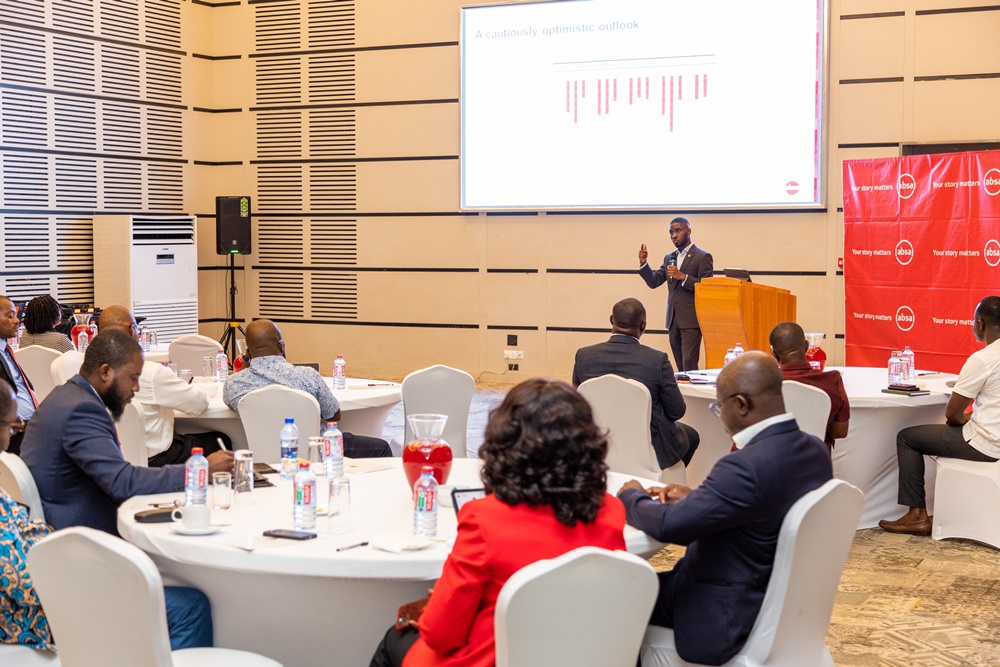
Enterprise Risk Management mainly focuses on identifying, assessing, managing, and mitigating risks across an organization’s entire business architecture.
They primarily address issues in these identified and established categories namely; Strategic Risks. Operational Risks. Financial Risks, Legal/Compliance Risks, and Reputational Risks.
Even with the 5 main pillars, enterprise risk management conventionally puts a lot of emphasis on financial, compliance, and operational risks. However, growing concerns about sustainability have identified a new risk termed “ESG” risks.
This parameter incorporates crucial environmental, social, and governance concerns that pose a major threat to human existence, and nature.
Business operations have evolved and it is imperative to integrate ESG principles as a key part of an all-inclusive ERM policy for the business. With a clear and proper understanding of how to manage ESG risks, businesses can keep their focus on growth, protect their reputation/brand, sustain stakeholder trust, attract the needed investment, entice a workforce with the right talent, and improve financial performance/profitability.
Organizations already use traditional risk approaches in managing ESG issues but moving on, businesses must take advantage of ERM applications/softwares in addressing ESG risks. These tools are well-designed, and they cover a detailed landscape for measurement and evaluation. They provide more comprehensive data-driven decision points and parameters. These benchmarks place significance on addressing enterprise risk management more effectively and efficiently.
Environmental, Social, and Governance (ESG) awareness is driving public interest and the need for compliance through regulation/legislation. Emphasis must be placed on how organizations tackle gender inequality, climate change, unfair labour practices, financial inclusion, corporate, small and medium enterprise (SME) lending, project financing, health and safety matters and generally being a good corporate citizen, especially within the communities we operate amongst many others. resilient
It is the expectation that businesses handle risk factors associated with ESG effectively through a proper framework that covers, mandatory ESG disclosure requirements both locally and internationally. In addition, efforts must be placed on designing resilient standards for measurement and reporting on ESG factors and their related concerns. The public needs to be carried along in addressing ESG issues and it is therefore important to communicate publicly through ESG measures to aid investors in their decision-making process.
It is fascinating to know that, the financial sector is leading the way with its Sustainable Banking Principles from the Bank of Ghana. Until recently, banks in Ghana were focused on increasing shareholders’ equity. However, the dynamics changed in 2016 due to the United Nations Sustainable Development Agenda (SDG), and the Paris Climate Declaration.
Again, inherent environmental and social concerns and the reality of global warming as well as climate change have compelled the enactment of legislation and the adoption of measures to address ESG-related challenges. More so pressure from global partners like Development Financial Institutions (DFIs), has also occasioned the need for banks to explore and act upon the profound linkages between a healthy financial system, transition to a green economy, and the pursuit of long-term sustainability.
In standardizing the principles and benchmarks for assessment, evaluation, and reporting, best practices from globally established Environmental, Social, and Governance (ESG) frameworks, such as the IFC Performance Standards, the United Nations Global Compact, United Nations Environment Programme Finance Initiative (UNEPFI), the Equator Principles, Environmental Protection Agency (EPA) standards among others will serve as a useful guide.
The actual ESG risks emanate from specific areas like greenhouse gas emissions, water usage, fair pay, anti-discrimination, shareholder rights, and business conduct matters. Other areas like resource depletion, environmental degradation, mining, oil and gas extraction, deforestation, waste management, workplace diversity, land tenure and community issues, employee health, safety concerns, etc.
Contextually, sustainability is about meeting the needs of the present without compromising the ability of future generations to meet their needs. It further seeks to preserve the natural resources and climate for future generations. With this understanding and admittance of its relevance, organizations need to handle these newly identified complexities and develop useful risk management frameworks to mitigate the adverse impact and threats it pose to nature.
As companies make efforts to manage their ESG risks effectively, they must first identify and assess these risks within their operations and supply chains. Some key methods and tools available for use to uncover potential ESG issues are; risk assessments and gathering data through ESG frameworks. In gathering the right and necessary ESG data, frameworks such as the Global Reporting Initiative (GRI), Sustainability Accounting Standards Board (SASB), and Task Force on Climate-Related Financial Disclosures (TCFD) have internationally accepted guidelines for ESG reporting and rating systems.
It must be emphasized that sustainability and ethical impact are critical for the survival of businesses, especially their non-financial performance. There are rating systems and criteria that can capture and quantify an entity’s ESG posture more accurately for assessment. Measures like the use of annual sustainability reports, media coverage, investment analysis, and data management can be adopted in determining ESG risk exposure. Compliance metrics can therefore be designed to assess an organization’s performance against industry-specific standards.
Chiefly, ESG risk management has enormous benefits for both the organization and its numerous stakeholders. They help in attracting the needed investors for business expansion and growth. They also help with improved sustainability and how to deploy resources for long-term benefits. In addition, they assist with better regulatory compliance standards.
Organizations that are forward-thinking on ESG risks are typically ahead in a competitive environment and attract the right talent because they are seen as an employer of choice by potential job seekers. This automatically leads to improved employee motivation, serves as a retention strategy, and increases productivity by instilling a sense of pride and purpose in the workforce.
Integrating ESG into ERM is essential for the growth of businesses and the protection of our environment. We should therefore be interested in establishing clear principles and rating criteria that will provide a means of measurement for investors seeking information on an organisation’s sustainability credentials.
Source: Bright Ampadu Okyere – (Business Continuity Coordinator), Bank of Africa, Ghana https://reciprocity.com/resources/what-is-esg-risk-management/, https://www.bog.gov.gh/wp-content/uploads/2019/12/Ghana-Sustainable-Banking-Principles-and-Guidelines-Book-1.pdf
Email: [email protected] [email protected]
Twitter: @BaOkyere @GhanaSdg
Facebook: Bright Ampadu Okyere (Sabaah)
LinkedIn: Bright Ampadu Okyere
Tel. #: 0244204664
The post Establishing Environmental, Social, and Governance (ESG) Framework in Enterprise Risk Management (ERM) first appeared on 3News.
Read Full Story






















Facebook
Twitter
Pinterest
Instagram
Google+
YouTube
LinkedIn
RSS